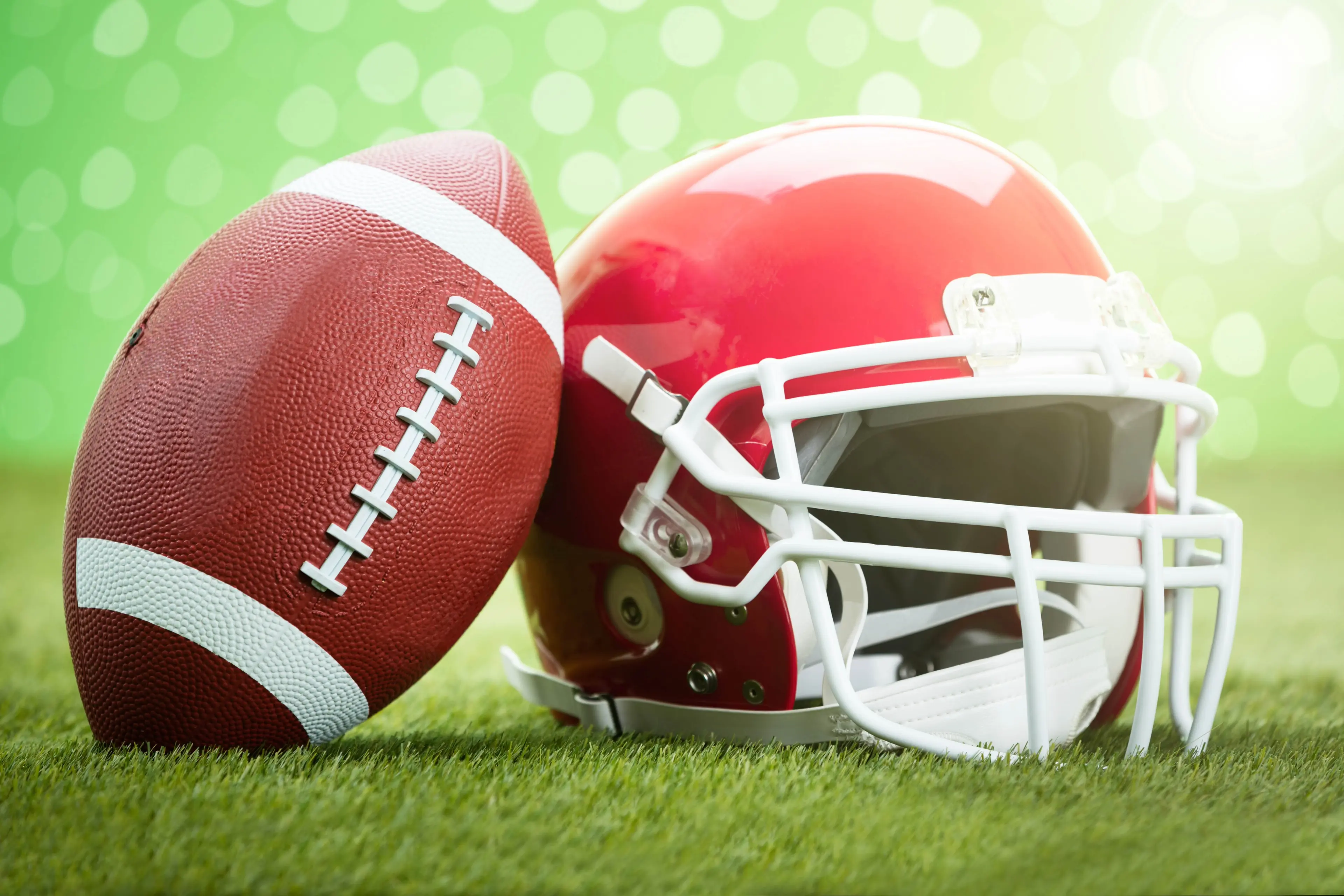Plastics improve impact for American football helmets
12 February 2024

It is predicted that over 60% of Americans watched the 58th Superbowl last night, along with residents of the over 130 countries it is broadcast to, and Taylor Swift.
Whether you’re a Chiefs or 49ers fan, or just watching to catch a glimpse of popstar royalty, you can’t deny that players in this contact sport take some heavy hits, and safety is one of the top priorities for these players and their teams.
Luckily, the development of protective wear in sports has come a long way from the leather helmets of the 1940’s. The first polycarbonate helmet was used in the NFL in 1986, which has now become the standard outer shell material. Polycarbonate, also used for CDs and DVDs, is a material that offers toughness, high impact resistance and durability, making it ideal to protect the players heads from collisions. It is also used in other protective gear such as face shields, mouth guards, pads, and shin guards. The helmet outer shell is utilised along with foam and TPU cushioning for additional impact absorption to dissipate the force before it reaches the player’s head. Helmet and safety technology continues to evolve, as the NFL’s Head, Neck and Spine Committee evaluates research on new technology, including in-helmet sensors and other methods of preventing, detecting and treating injuries.
From a sustainability standpoint, helmets have a lifespan of up to 10 years and NFL players will wear the same one for a whole season, which is handy as there is no national helmet recycling programme in the US. Despite unblended and unbonded polycarbonate being fully recyclable, no information could be found on what happens to damaged or unwanted helmets, meaning they likely end up as waste.
While there is still some way to go for green headgear, the same cannot be said for the Allegiant Stadium in Las Vegas, where the game took place. The venue is LEED gold certified, run on 100% renewable energy, and boasts its own onsite biomass machine and dedicated litter sorting team that separates the waste into 20 material streams.
Find out more about polycarbonate recycling in the market report “An Introduction to the Recycling of Engineering Polymers” and how AMI can connect you with the plastics recycling and sustainability industry.